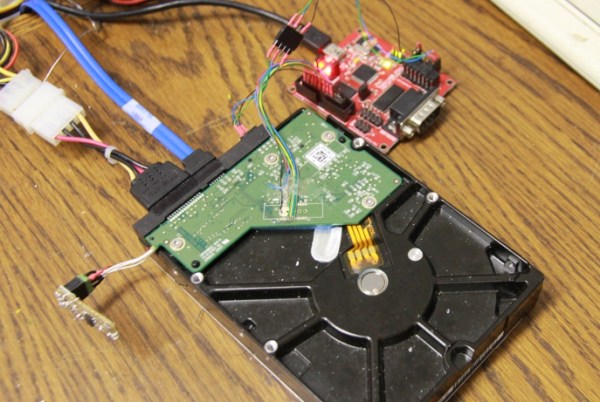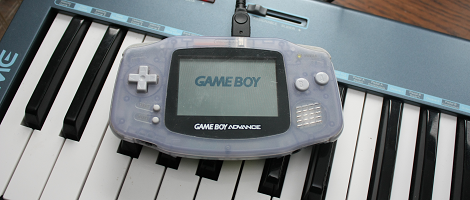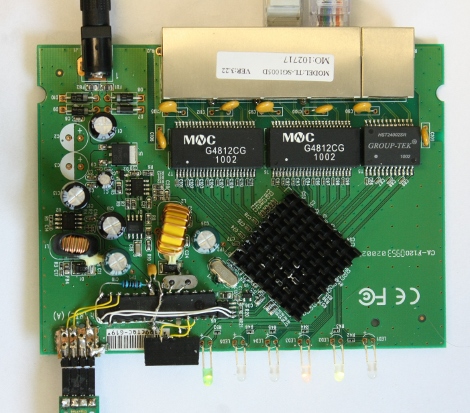Plans for Hackaday Munich are coming along quite nicely. Today we’re happy to announce that [Sprite_TM] will be speaking at the event. Click that link above and make sure you get your tickets for November 13th. You can do some hands-on hacking at the Embedded Hardware Workshop, hear the talks, find out which of the five finalists will be the grand prize winner, and enjoy The Hackaday Prize Party along with the Hackaday crew.
You may also know [Sprite_TM] as [Jeroen Domburg], one of the judges for The Hackaday Prize. That’s him on the left in the image above (we love a good avatar!). If you follow Hackaday, you should already be thrilled about meeting him and hearing his talk. The last talk we remember reading about was an epic hard drive controller hack. Just last month we saw a well-executed clock radio overhaul from him. While we’re on the topic, his micro-bots were a spectacular project.
[Sprite_TM] has also offered to help out with the reverse engineering workshop. We’re hard at work making sure everything is in place for those afternoon hacking events. As we solidify details we’ll be adding workshop pages (and emailing those already registered for Hackaday Munich) to let everyone know what to expect. We can report that we have shipped [Sprite_TM] a Bus Pirate so that he can be familiar with it. This will be the primary tool provided for this particular workshop.
The entire Hackaday crew is looking forward to it. See you there!

















